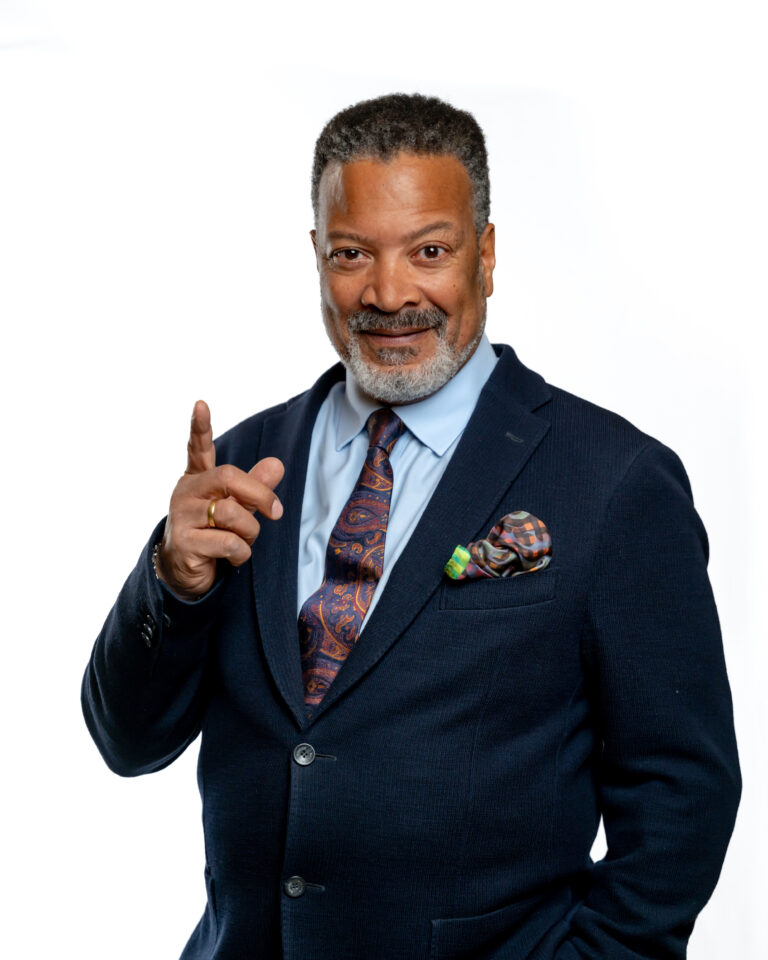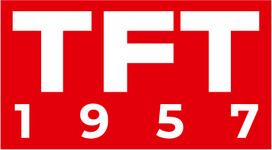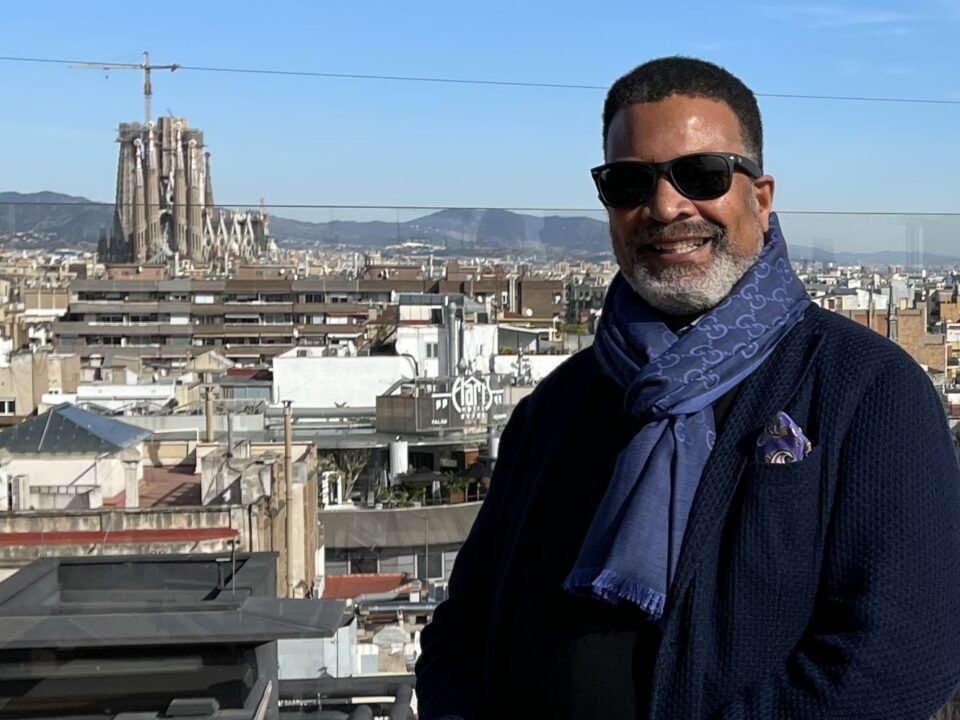
Interview with Managing Director of Integrated Systems Events (ISE) Michael Blackman.
Early Life and Background
From Guyana to London: The Journey of Michael Blackman
– When and where were you born?
I was born in September 1958 in Guyana, South America. That’s next to Brazil, below Venezuela. I left when I was six years old and moved to London, which is where I started my education and grew up. I stayed there until my first jobs, all of which were in the UK. Thirty-three years ago, I was headhunted to come and set up an event company in Germany, and I’m still here.
– Who were your parents?
My parents were both teachers. My father eventually became a computer programmer. Opportunities were limited in Guyana, so they decided to move to the UK. My mother later became a headmistress for many years, and her final role in schools was as an inspector of schools. My father became a data analyst. Sadly, both of them have passed away, but they had very successful careers and gave me the opportunity for a good education.
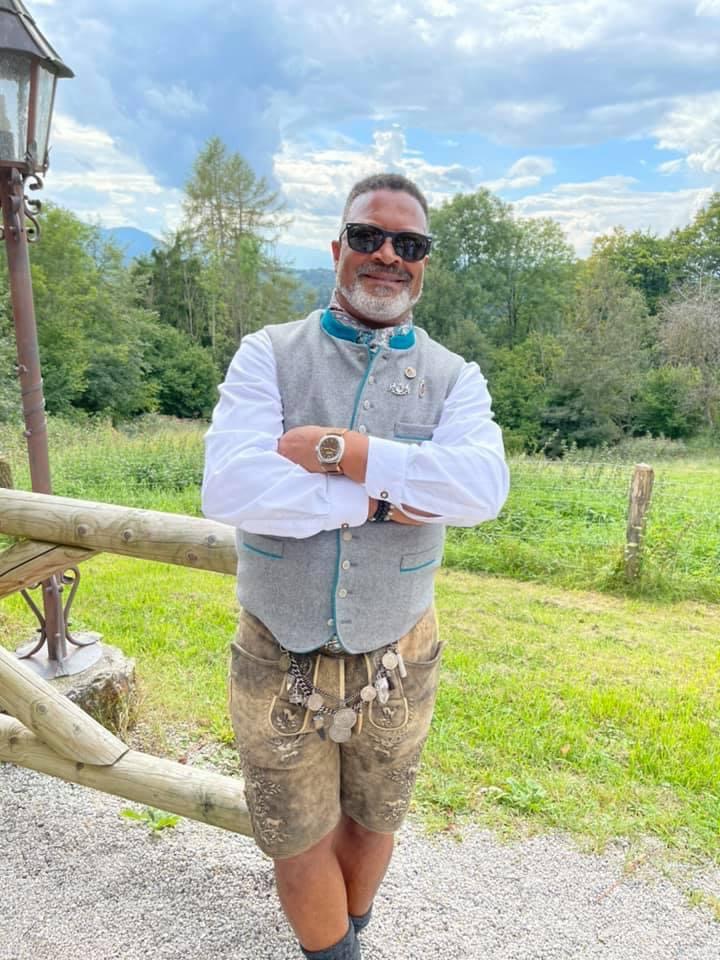
– What was it like living in Guyana?
I have limited recollection. I had a very nice time. My parents left us with my grandmother for a couple of years while they got settled in the UK. We lived on the coast, next to the sea. My brother and I—he’s older—had a wonderful childhood there. My memories of that time are very fond. I’ve been back to Guyana a few times recently: last year, five years ago, and 10 years ago. I’ve seen how the country has changed.
‘ISE is not just a reflection of the market; it’s now a platform for what’s coming in the future’
A lot of things remain the same as they were when I left over 60 years ago. But there are also significant improvements. The discovery of oil has led to substantial investments, and the country is changing, improving, and advancing.
– Did you experience racism while growing up in the UK, considering times were different back then?
Yes, I experienced some situations like that. But I think a lot depends on your attitude. I was brought up in a household where we were taught to be confident in ourselves and to project an aura that could prevent racism to some extent. There were definitely situations, but I never put them at the forefront of my life. I focus on my position and how to make the best out of life. For me, if someone wants to be a racist, then they’re not someone I want to deal with. I can avoid those people.
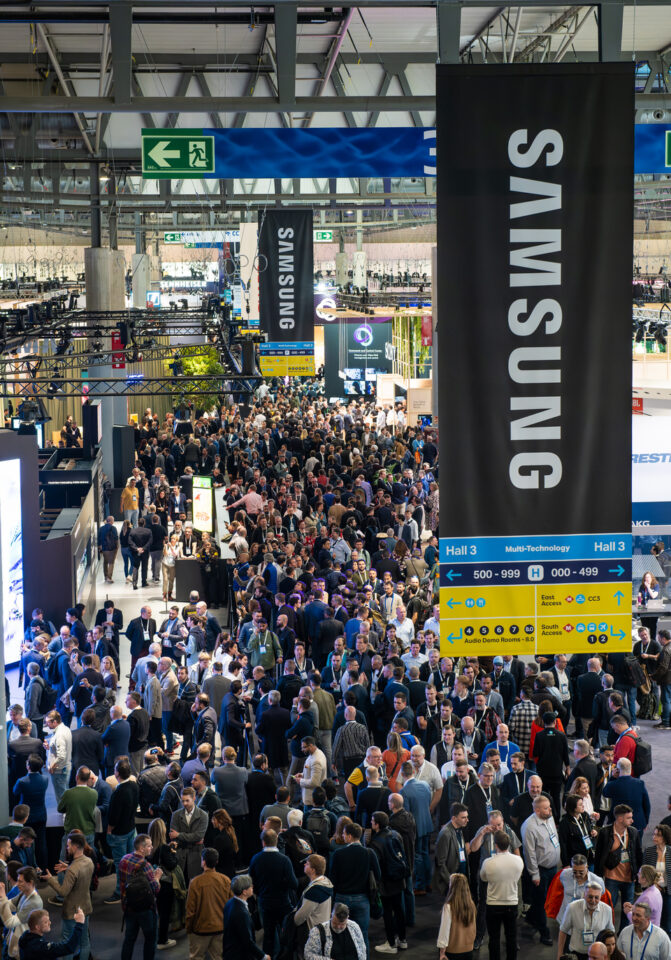
– How were you integrated into life in the UK?
My mother was very forward-thinking. When we arrived, I was six years old and had what you’d recognize as a Caribbean accent. The first thing she did was arrange elocution lessons for my brother and me to help us “speak properly” for living in the UK. It certainly helped me in my career later on. We did a lot to blend in and adapt, and that was one of those steps.
– How did growing up in such a diverse South London neighborhood shape your experience?
The neighborhood we lived in was very mixed, so we didn’t stand out. I grew up in South London, which was a very cosmopolitan area with immigrants from many different places. My schools were diverse, with mixed nationalities. Because of that, it wasn’t a big issue—we weren’t seen as “different.”
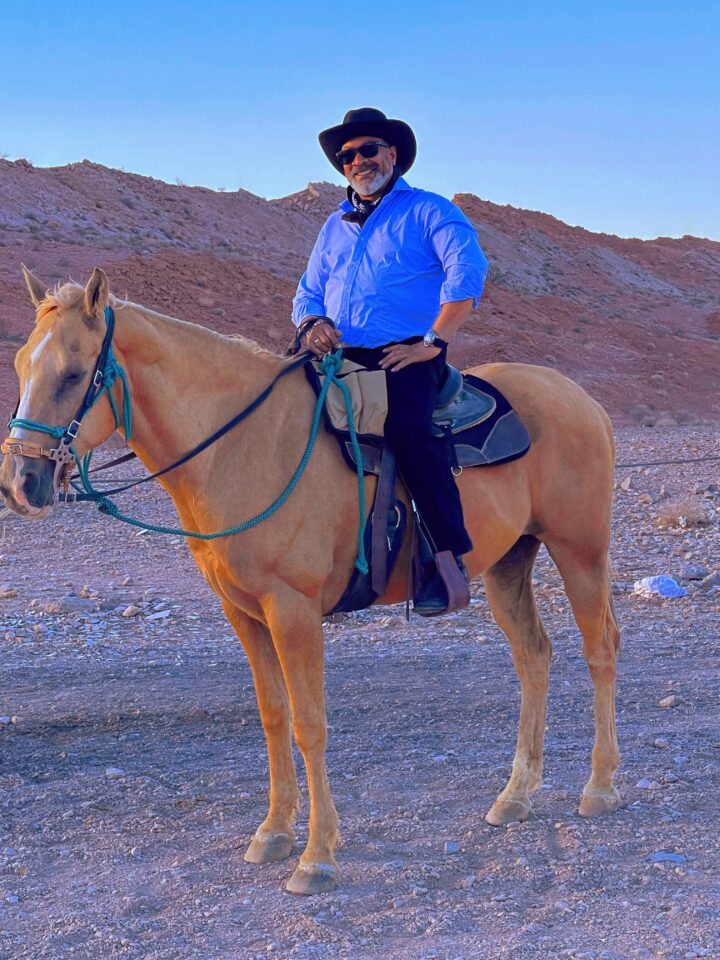
– What was the football club close to this area?
Millwall and Crystal Palace were the closest ones. I must admit, at that time, I think the Millwall Club had a reputation for violence, so I was never really a big football fan. Have you ever seen the film Hooligan with Elijah Wood? It parodies exactly what was going on during that time.
‘During that one week, we bring the world to Barcelona’
– Do you like football now?
I’m spoiled. I get invited to the VIP lounge at a lot of games, and it’s an enjoyable way to watch football. I’m not an avid fan who goes to every game, but I enjoy attending with a group of people and watching a good match. If Bayern Munich is playing, I have to support them; otherwise, my family will disown me.
– What subjects did you like in school?
I always liked art, and I was always creative. At the very beginning, art, woodwork, and similar things were always fun. But I was also very technically minded. My school subjects were mostly on the mathematical side. I did pure and applied maths with statistics, chemistry, and biology, which I was always good at, and I also studied French and German.
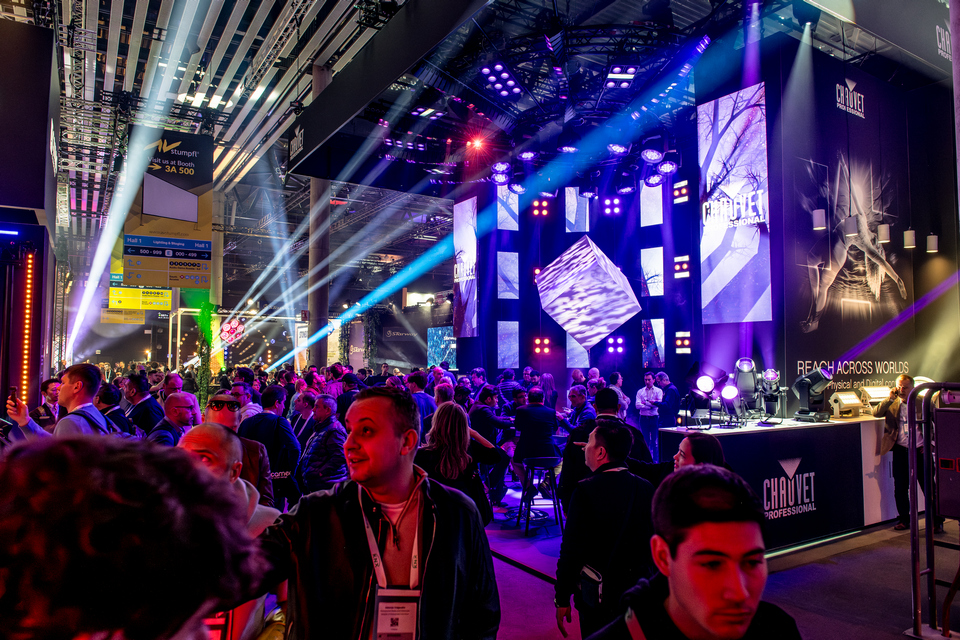
– Did you study French or German in school?
Yes, my school was quite good like that. French was compulsory from the very beginning. After the second year of school, we had to choose another language. I had the choice between German and Latin, and I decided to learn German because, at the time, I wasn’t sure what I could do with Latin. It was a grammar school in the UK, and they tended to focus on those kinds of things. A third language was compulsory.
– Was it a private school or a public school?
It was formerly a private school and later became a public school. It was started, I think, in the 1800s as the West Kent Grammar School. You might say that the aristocrats of the UK lived in West London and areas around there, while the nouveau riche were traders and merchants bringing goods in from overseas. The Docklands were where the trade occurred, but the merchants didn’t want to live there, as it was seen as a poor and small area.
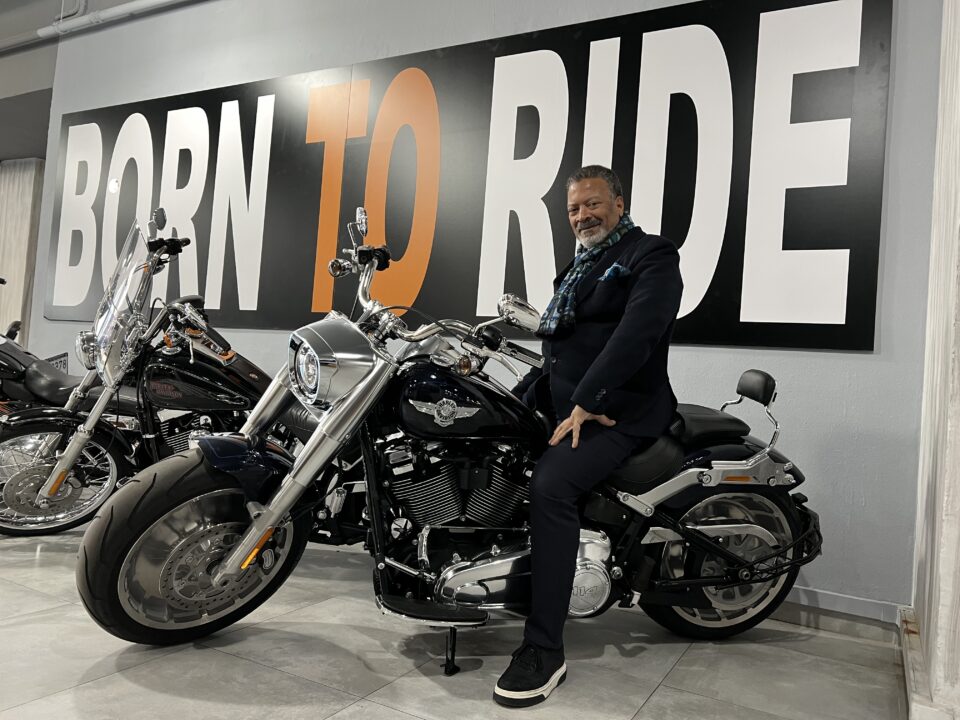
– What’s the historical significance of Brockley and its evolution over the years?
Brockley was close enough and developed into a nouveau riche area for London. In the 18th century, many large houses were built there for merchants, traders, and new entrepreneurs. The school was originally built to educate their sons and was a private school at first. Later, during the time of what was then called the London County Council, they took over the school, turned it into a grammar school, and renamed it Brockley County Grammar School.
– As immigrant parents, was it difficult for your parents to afford private school?
It wasn’t a private school when I attended. It was already a grammar school, so it was funded, and there was no need to pay for it. However, further education after school had to be paid for. My parents always said that as long as we wanted to be educated, they would finance it and support us to give us a future.
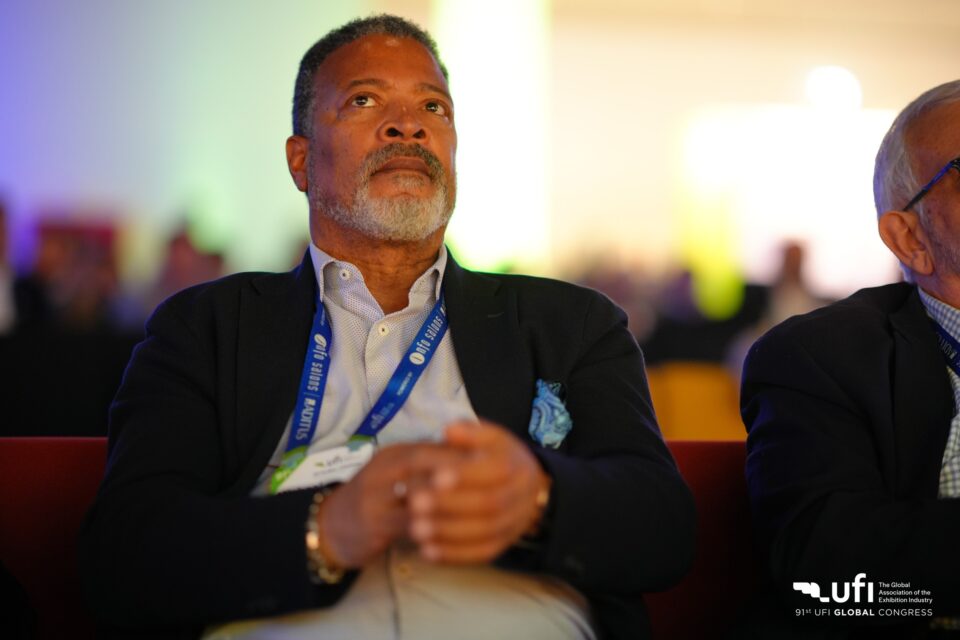
– Were you involved in any sporting activities while in school?
Actually, I was quite an all-rounder. I was in the school’s first 15 for rugby and was very good at it, even playing at the county level. I was also strong in athletics, with my main distances being 400, 800, and 1500 meters.
– What role did sports play in your school years?
I excelled in the high jump as well and was a good all-around athlete. If the school needed someone for the 400-meter relay, I could make the team as the last man, being the fourth fastest runner. In the winters, I participated in cross-country running, primarily for training, which built my stamina. I enjoyed being athletic and involved in various sports.
Education and Career Beginnings
How Education and Early Career Choices Shaped Michael Blackman’s Path
– Which university did you attend?
I originally had a place at university to study accounting. I chose accounting because two of my favorite subjects were maths and economics, and I felt accounting was a logical career path combining both. However, before starting, the university suggested I enroll in what was called a “sandwich course” at the time. It involved two years of study, one year of internship, and a final year of study. They recommended that I write to companies to set up my internship.
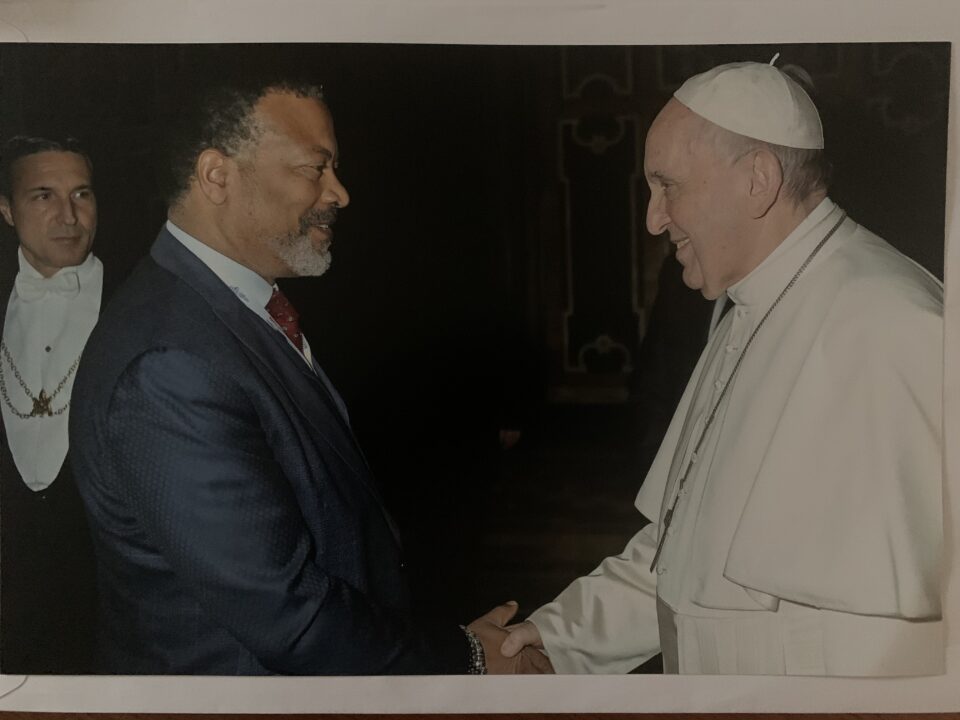
– How did your first job experiences shape your career choices?
After writing more than 100 letters by hand and receiving only about a dozen replies, I was offered three positions. One of the companies suggested I work with them over the summer to gain experience. That summer turned into a few more months, and during that time, I realized that this wasn’t the career I wanted to pursue.
– What led you to pivot from university to a career in marketing and sales?
So, I canceled my place at university, deciding I wasn’t going to spend four years studying for a career that didn’t interest me. I explored various paths and eventually landed a job at the Financial Times in the advertising department. While working there, I decided to get qualifications, so I studied for a diploma in international, industrial, and consumer advertising and marketing. I realized that marketing would be the right direction for me. Shortly after, I developed an interest in sales.
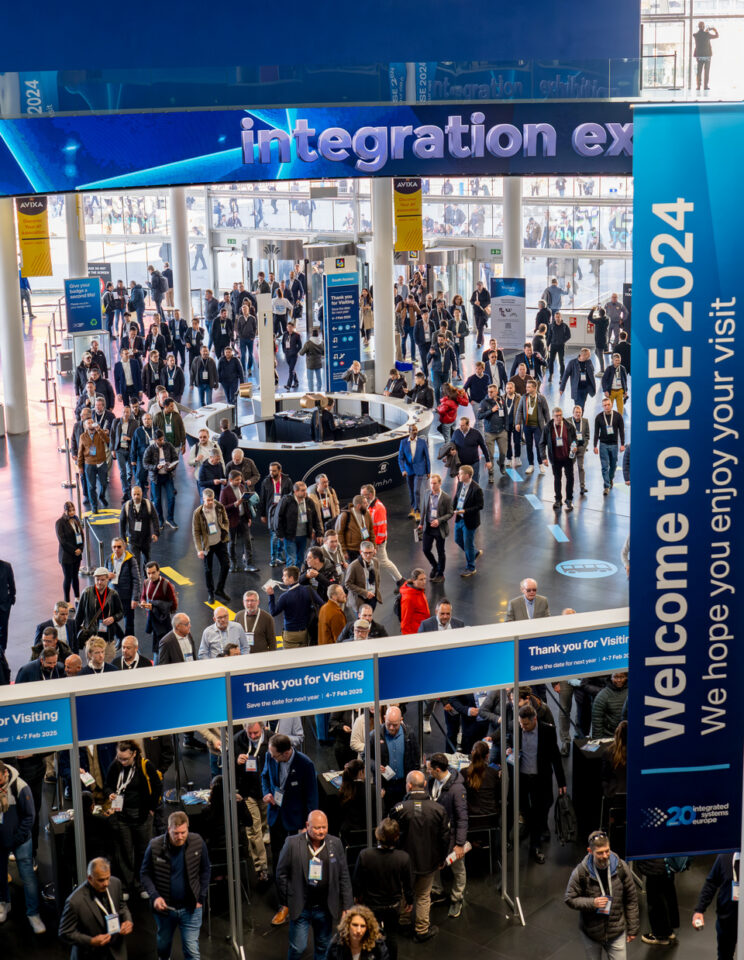
– What did you decide to do after leaving the Financial Times?
I left the Financial Times to join VNU Publications, where I sold advertising for computer magazines and received all my sales training. I became very successful with them. After a short time, headhunters were calling me every evening, trying to coax me into new roles.
Transition to the AV Industry
From Advertising to AV: Michael Blackman’s Career Pivot
– How did headhunters influence your career path?
Eventually, I joined Andrew Montgomery, which was one of the biggest event organizers in the UK at the time. I was tasked with developing their technology sector. They had one computer show, the Personal Computer World Show. I built that into the largest-attended computer show in the UK.
– What was your position at this company?
When I joined, I started as a sales manager. By the time I left, I was the director of the UK company, the managing director of the German company, and the managing director of the French company.
– An impressive career progression—why did you decide to change jobs again?
I was headhunted again, this time by IDG Publications out of Framingham, Massachusetts. They wanted someone to help develop their technology shows, specifically their computer shows. They offered me the position of managing director in Germany. It was a very good offer, so I decided to join them in 1989.
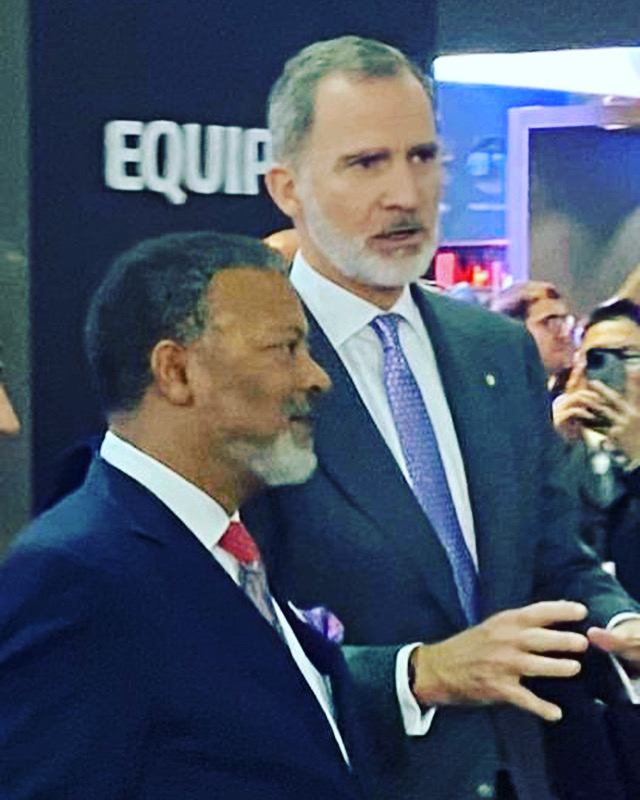
– Why did you decide to change jobs again?
In 1991, I left IDG and set up my own consulting business. I ran that business from 1992 until 2003. That’s when I was approached by the associations to set up ISE.
‘Advocacy is about ensuring the AV industry is recognized as its own sector, distinct from IT’
– You mentioned setting up your own consulting business. What niche was this?
My consulting business focused on event management and marketing, with a strong emphasis on technology. That’s where I started, but I’ve always been a big Harley-Davidson fan. Through a chance meeting, I was persuaded to approach Harley-Davidson to organize events for them. That started a new avenue, and I later picked up BMW as a client, among others.
– Which non-tech clients stood out during your career?
Most of my clients were technology or publishing companies, but Harley-Davidson and BMW Mini were two notable non-tech clients.
The Birth of ISE
Launching Integrated Systems Europe: Challenges and Breakthroughs
– Why did you close down your company?
I was reasonably successful. We went through a recession, which made things tight for a while, but then my success started to grow again. At that point, I was approached by a headhunter to set up ISE. When I heard about it, I thought it sounded exciting. I met with the associations, and they persuaded me that this would be a great move.
– What motivated you to take the leap and join Integrated System Europe (ISE) after 10 years of independence, where you could make decisions and act without relying on anyone else’s opinion?
One of the reasons I was drawn to ISE was that I had spent 10 years advising companies and clients without being the decision-maker. Advising is one thing, but making the decisions yourself is entirely different. Setting up ISE gave me the opportunity to be in the driver’s seat instead of just being the whisperer. That was a significant motivator for me.
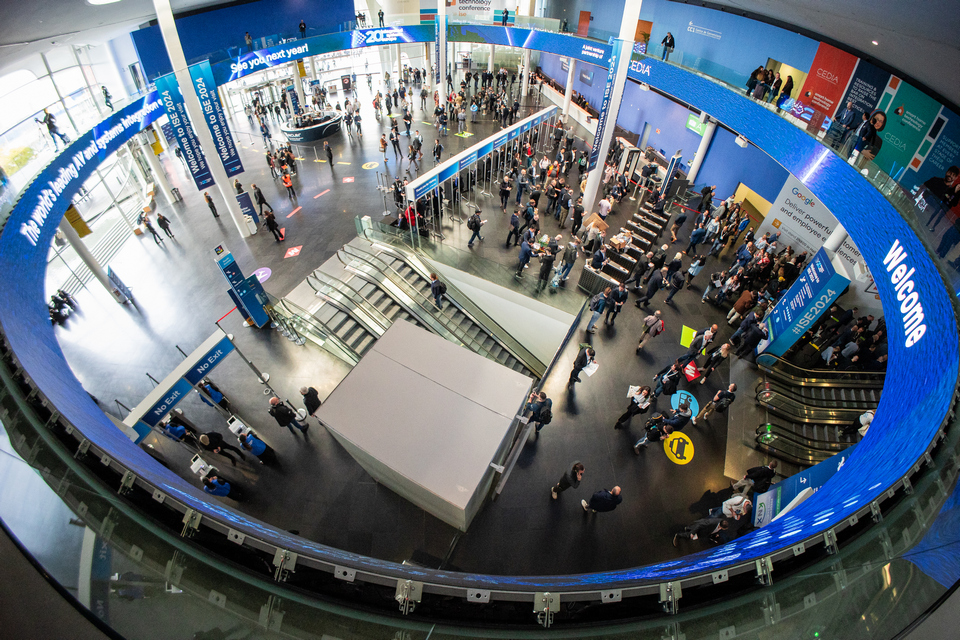
– When you joined ISE, what was your main goal for your work in Europe?
At the time, there were three associations involved: InfoComm (now AVIXA), CEDIA, and NSCA. The idea and concept of combining what the shows in the US were doing into one European show immediately appealed to me.
– What initially sparked your interest in joining the tech industry?
I’m a tech fan and love technology. When they presented the idea, I was intrigued. I already knew some of the brands and decision-makers in the industry, so I understood the possibilities. I traveled to the US to see the shows there, and I thought, “This is exciting; this could be fun.” That was my initial motivation. But I also believed there was a future in it. I saw something to build on.
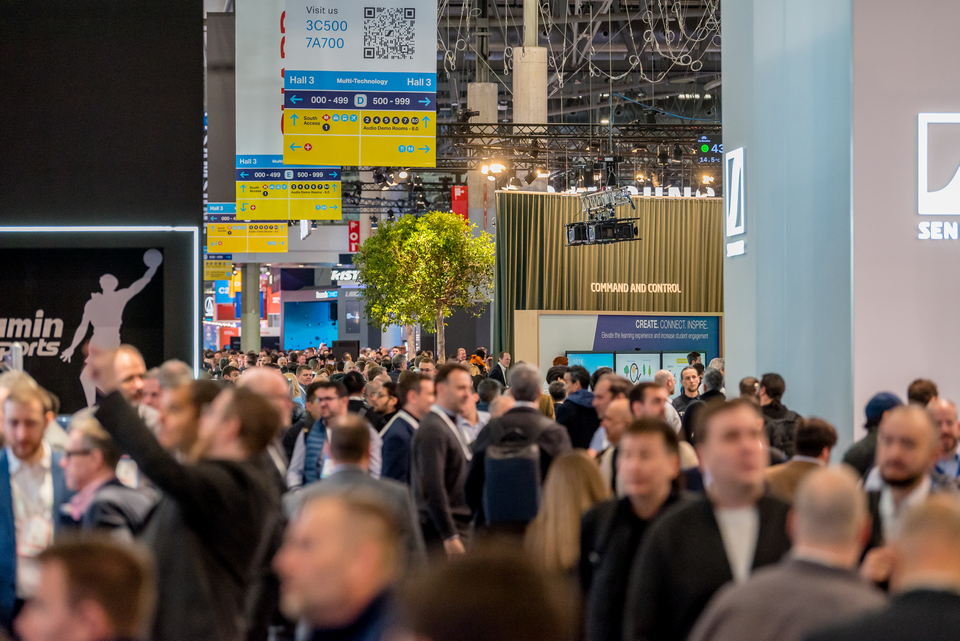
– What steps did you take to turn the first show into a rapid success?
We launched the first show in 2004 in Geneva. It was small—smaller than we anticipated—but we quickly recognized what needed to change to make it grow. We held a meeting with all the exhibitors, listened to their feedback, and implemented changes. From there, the show exploded. It started growing rapidly. What surprised me most wasn’t how much it grew but how quickly it grew.
‘Our focus is not selling square meters; we’re selling opportunities for our customers to do business’
– Switzerland is very expensive. For example, broadcasters would rather go to Amsterdam. Why did you choose Geneva?
The decision was made before I came on board. The associations had already decided they wanted to do this and had chosen the location. They came to me and said, “We’ve chosen Geneva; we want to get this done by next year.”
Geneva was a good choice geographically—it’s central in Europe. However, it wasn’t an ideal choice in other respects. One major issue we heard from European exhibitors was the requirement to import and export all their goods, which was a significant negative for them.
Moving ISE from Geneva to Amsterdam
Why ISE Moved from Geneva to Amsterdam: Lessons and Growth
– What led to the decision to move the show from Geneva to Amsterdam?
Listening to that feedback, we made the major decision to move the show from Geneva to Amsterdam. Geneva is a great place and very central, but it is expensive and wasn’t the right place for this show.
– What went wrong in Amsterdam? Why did the exhibition move to Barcelona?
We went through a very thorough process. Amsterdam was very successful for us, but we outgrew it. There weren’t enough hotel rooms, and the exhibition center became too small. For several years, we had to use tents outside, which work fine in the summer but are not ideal in the winter. Even with the tents, we ran out of space.
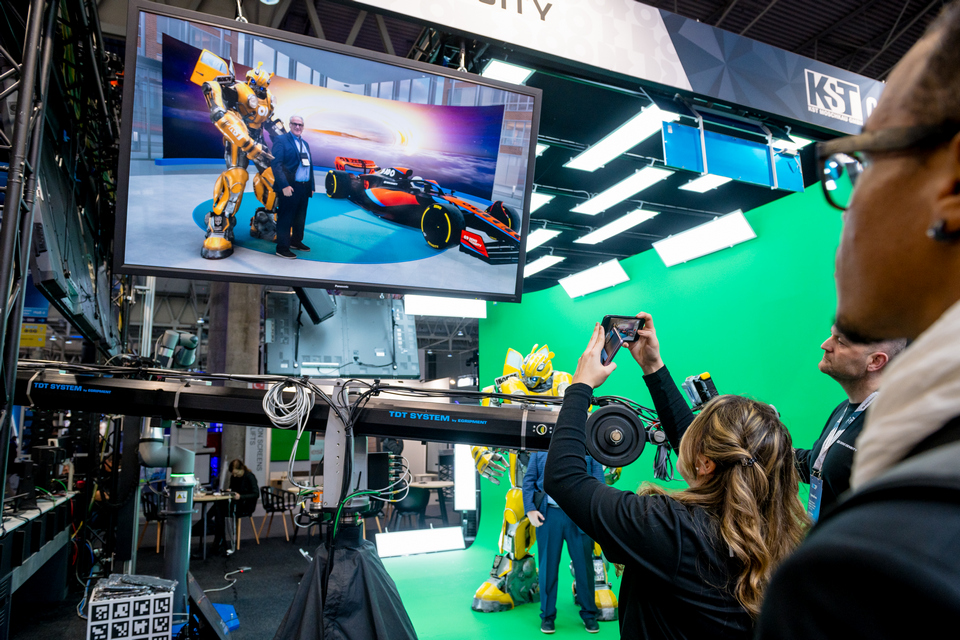
We explored options to stay in Amsterdam, like spreading the exhibition across the city into multiple venues, but that put too much pressure on the infrastructure.
– What criteria did you prioritize when selecting a new venue for the exhibition?
We decided to research exhibition centers in Europe that were large enough not just for our current needs but for future growth. We projected the anticipated size of the show and created a shortlist of potential venues.
From there, we sent out a request for proposals to cities that met our criteria. The proposals were evaluated on factors like the number of hotel rooms, accessibility, ease of travel, and overall infrastructure.
From Amsterdam to Barcelona
Outgrowing Amsterdam: Why Barcelona Became ISE’s New Home
– What factors from your survey influenced the decision to choose Barcelona as the new venue?
We then conducted a survey of our exhibitors and attendees. It was done anonymously to avoid revealing that we were considering moving. We asked about factors influencing their decision to exhibit or attend, such as ease of travel, cost of accommodation, language, nightlife, and other amenities. Based on their feedback and our evaluations, Barcelona emerged as the best choice.
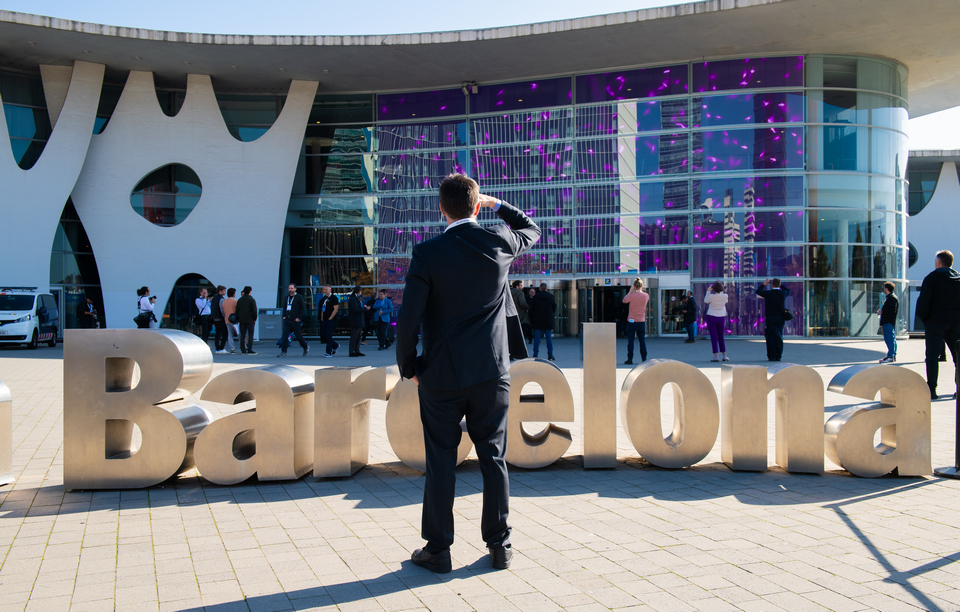
– What other cities were on this shortlist?
We considered many cities. We looked at London, Paris, Berlin, Düsseldorf, Frankfurt, Milan, Munich, and Hanover. These cities were chosen because they had sufficient accommodation and infrastructure.
‘ISE has become established as the opening event of the year, coinciding with major product launches’
However, some fell off the shortlist because they didn’t have enough direct flights available to support the show. We needed major cities in Europe with adequate hotel accommodation and other factors to handle the scale of the event.
– What logistical and regional factors influenced the decision to move the exhibition to Barcelona?
When we finally decided on Barcelona, we also considered other factors like accessibility for attendees who travel by car, plane, or train. For example, there’s excellent train service from France, and driving from Italy or southern France isn’t too far.
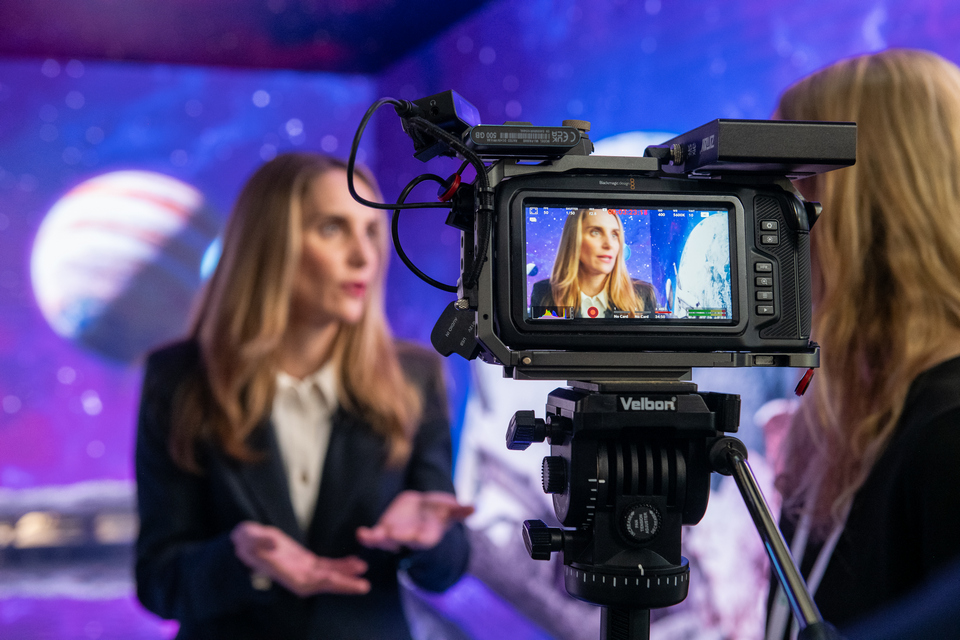
We evaluated what we might lose and gain. For instance, we anticipated that some attendees from the Benelux region might not come because the drive to Barcelona is around 12 hours compared to two hours or less to Amsterdam. But ultimately, we had to move because we no longer had the space in Amsterdam to accommodate our growth and development.
– Does the government of Barcelona support ISE?
Very much. While we don’t receive direct financial support, they actively participate in the event. Both the governments of Catalonia and Barcelona take exhibition space to feature local companies and startups. They organize various activities with us. More importantly, they make things easier for us with their support. In English, we’d say they “grease the rails.” This support is something we’ve never had from any other government.
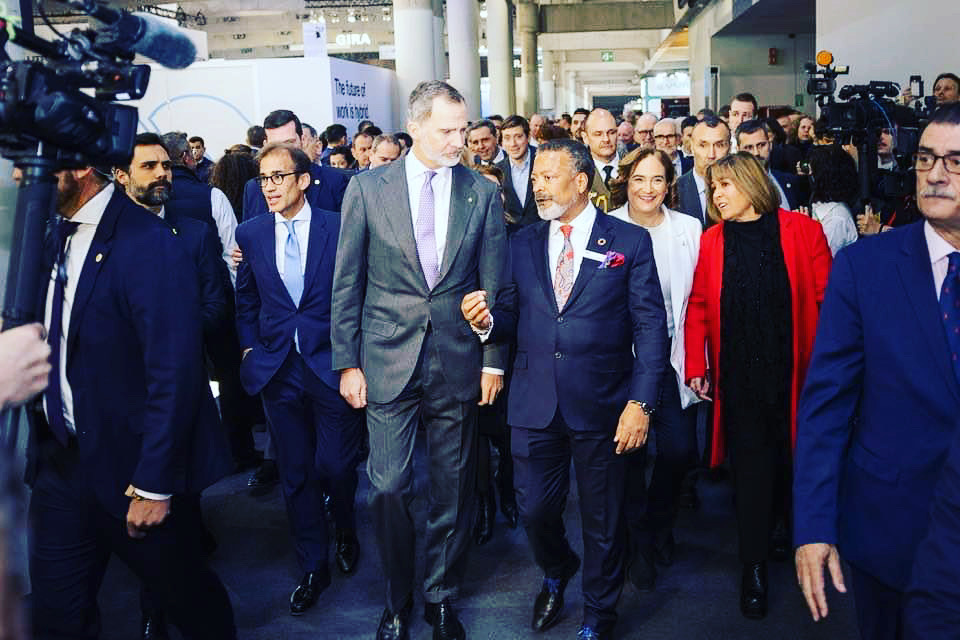
– How are you working with governments and institutions to advocate for the AV industry as a distinct sector?
For example, yesterday, I was in Madrid with the Spanish government, and we’re getting excellent support from them as well. Recently, I was with the European Parliament, and they’re beginning to take notice of the AV industry. A lot of this is about advocacy—ensuring that people recognize the AV industry as its own sector, separate from IT. Raising awareness helps spread the word.
‘Barcelona emerged as the best choice due to its accessibility, infrastructure, and support from local governments’
While we’ve been very successful with channel attendees—like distributors and integrators—the exhibitors want to reach corporate executives and senior decision-makers in major companies.
– What strategies have you implemented to attract a broader audience, including corporate end-users and specialists from adjacent sectors?
Our goal in recent years has been to promote the show to attract more corporate end-users and specialists in adjacent sectors, such as architects, engineering consultants, and other important specifiers. This strategy helps broaden the audience and aligns with our exhibitors’ goals.
– Why do you choose wintertime? Why not autumn or springtime? I ask this because it’s not typical.
There are several reasons. One is that we are owned by CEDIA and AVIXA, both of which have shows around the world. We had to fit into an international schedule of events. For example, AVIXA has a show in China in April and the main InfoComm show in the US in June. CEDIA has their show in September in the US. Those slots were already taken.
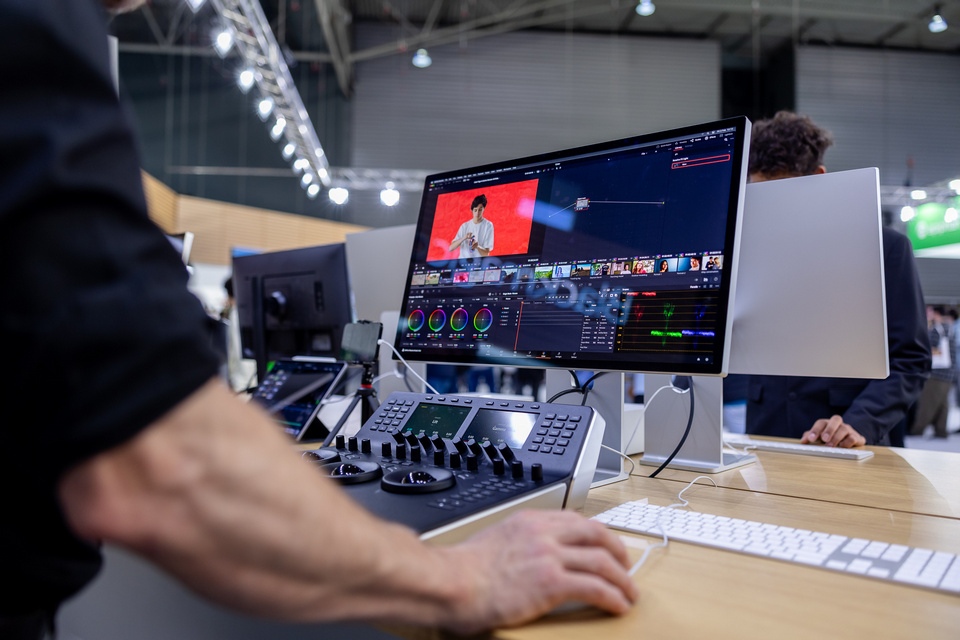
– How do you ensure the timing of ISE aligns with the global schedules of exhibitors and attendees?
This is a very international business. At ISE, you’ll see attendees from Australia, America, and China walking the floor. Many exhibitors are global players with limited resources to manage multiple shows simultaneously. We needed a time slot that helped them balance their presence across events.
– How does ISE’s timing enhance its role as a platform for global product launches?
Another reason, which has become more significant, is that many companies now launch products at the beginning of the year. For example, in the display sector, companies often showcase one version of their screens at CES and bring the professional version to ISE a couple of weeks later. In the pro audio sector, they attend Winter NAMM and then come to ISE. This timing allows companies to maximize the impact of their product launches across regions.
Adapting During COVID-19
How Michael Blackman and ISE Navigated the Challenges of the Pandemic
– But the debut in Barcelona didn’t take place in winter…
When we moved to Barcelona, the first show in 2022 was postponed to May due to COVID. Everyone loved it—the weather was fantastic. However, companies pointed out that keeping the show in May would cause some issues.
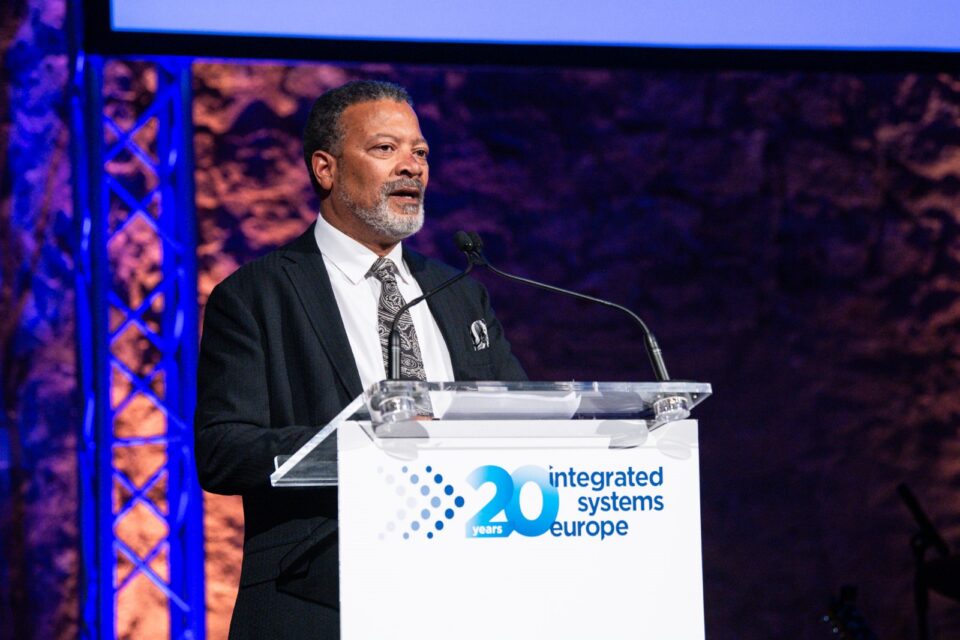
– What issues were they referring to?
Firstly, it would be too close to the InfoComm show in the US. Secondly, it could delay buying decisions. Many integrators wait to see the product launches at ISE before making purchases. Moving the show later in the year could harm first-quarter sales for many companies.
‘For me, every ISE feels like being a child in a toy store, surrounded by innovation and excitement’
ISE has now become established as the opening event of the year, coinciding with the majority of product launches. One added benefit of being in Barcelona is that the winter weather is warmer compared to Amsterdam.
– Who were your main exhibitors in the first year, and from what countries?
In the first year, we had clients from about 22 different countries. We had only 120 exhibitors that year. Many of them were Americans. We had strong brands like Crestron, Extron, and Kramer, who were central to the industry. We only had one projection manufacturer—Mitsubishi—and a few pro audio companies. However, we had a very loyal start from those companies who were keen to make it work.
– What changed after the success of the first show?
By the following year, many other companies that initially said, “We don’t do first-time shows,” approached us. They told us they wanted us to succeed and promised to join if we did. That’s what happened. Although the first show was small, with only 3,500 attendees, it proved successful and attracted more companies in subsequent years.
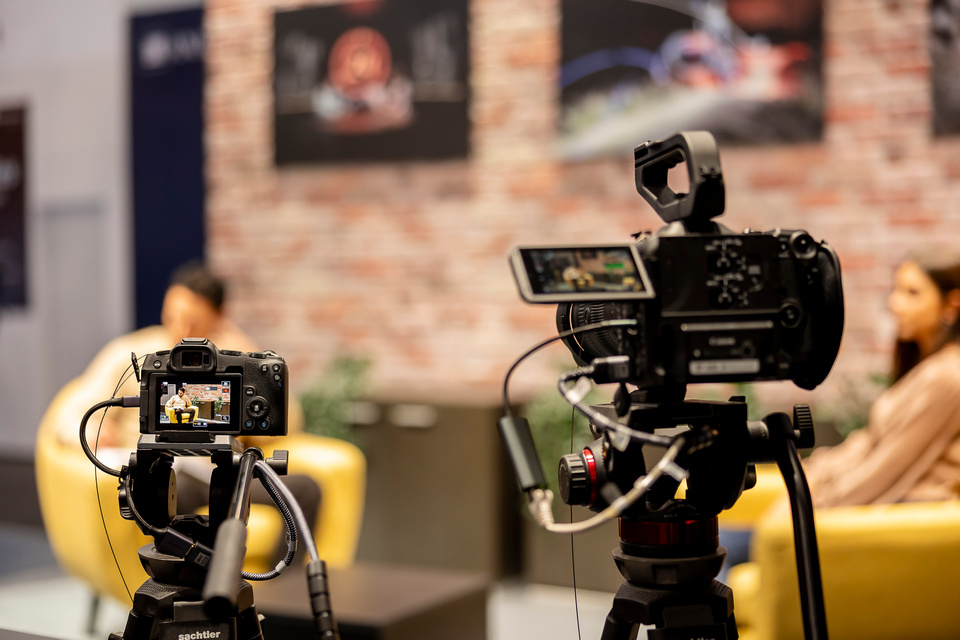
If you were to look at it objectively, what were the main reasons you succeeded?
I think our success comes down to a few key factors. First, we’re not like other exhibition organizers. We focus exclusively on the AV industry. I always like to use the bacon-and-eggs analogy: the chicken is involved, but the pig is committed. We see ourselves as the pig—we’re fully committed. If this industry falls, we fall. We don’t have the option to pivot to a car show, a food show, or a flower show.
Advocacy and Industry Growth
Advocating for the AV Industry: Michael Blackman’s Collaborative
– How does your team ensure alignment with the evolving needs of the AV industry and its customers?
We’re fully dedicated to the AV industry. My team consists of exhibition specialists who immerse themselves in this industry. They learn about it and stay involved, so we remain close to our customers.
– What information from your clients is important to you?
We listen to our customers and exhibitors and involve them in our long-term planning. We continually ask, “Where is the market going? What do we need to do to meet their demands?”
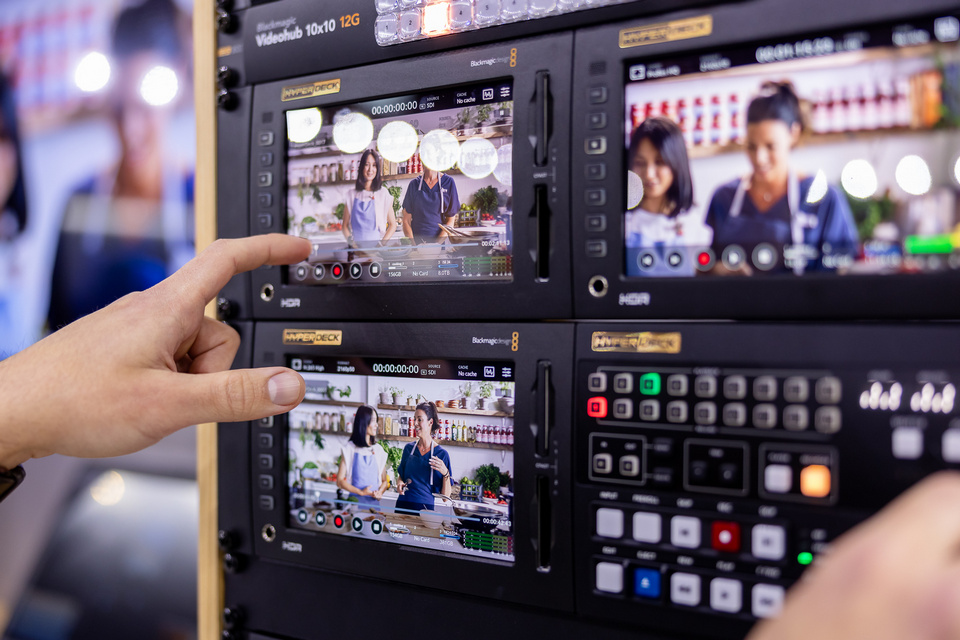
We also allocate resources where they’re needed, ensuring we bring the right audience to the show. This focus on the needs of our customers and the industry has been the formula for our success and the reason we’ve been able to grow.
– It’s admirable and even rare to hear from any CEO of an exhibition company that they listen to their customers. So what do you do throughout the 11 months before the show?
Our process is actually more like 15 months. We start discussing the next show with key accounts and customers even before the current show is complete. For example, we’re already having discussions about ISE 2026.
– How does your team’s regional approach contribute to achieving your long-term goals?
We need to plan well in advance and think about what we’re doing now to ensure everything aligns with future goals. We have a sales team, though it’s not a large one. Each team member is assigned a geographic region—Northern Europe, Central Europe, North America, Southern Europe, etc.—to work closely with customers in that area.
‘We listen to our exhibitors and attendees to shape the future of the exhibition and the industry’
– How does sector specialization among your sales team enhance customer understanding and engagement?
Additionally, we ask each salesperson to specialize in a specific sector of the show. For instance, Alex focuses on lighting and staging for live events, while someone else handles pro audio, and another focuses on residential. This approach helps us deeply understand the needs of customers in each sector.
– What approach does your sales team take to align with customer needs while offering valuable business opportunities?
Our sales team doesn’t just sell. They meet with customers to learn about their businesses, their goals, and their markets. We believe that selling square meters isn’t what we do; we’re selling opportunities for our customers to do business. To achieve this, we need to understand their businesses thoroughly and learn from them.
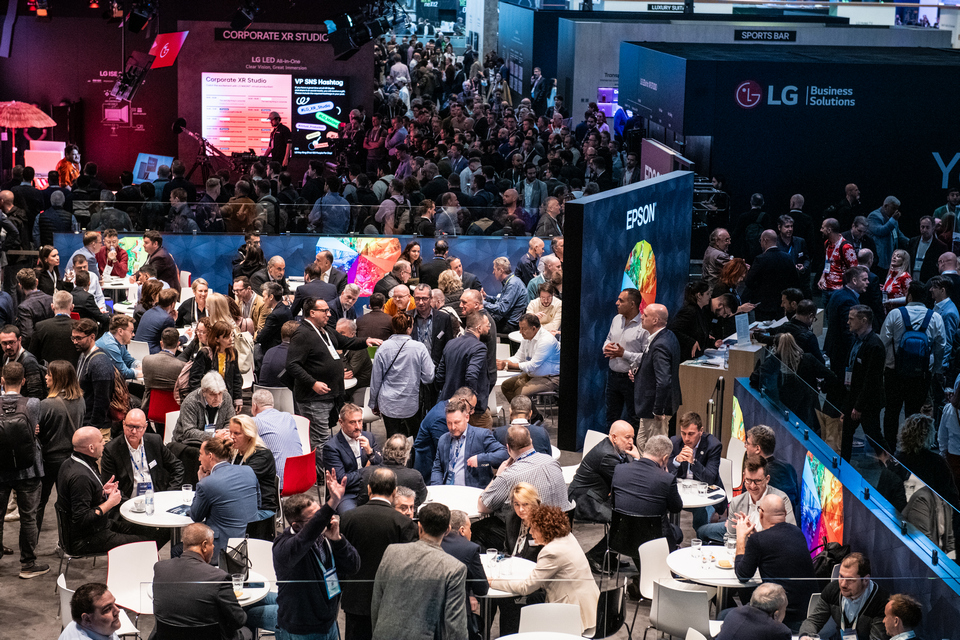
– What other resources do you use for market analysis?
We also have committees for the different sectors of the show. These committees serve as discussion forums where we listen to exhibitors about what needs to change or improve. This is a continuous process. We don’t just meet once; we meet a couple of times a year and maintain ongoing communication with customers, visiting them, and observing changes in the industry.
ISE’s Global Impact
Positioning ISE as a Platform for Global AV Innovation
– What makes your partnership approach with exhibitors integral to the exhibition’s success and industry growth?
We view our exhibitors not as customers but as partners who help us shape and develop the exhibition. They have a say in what we do. ISE is an industry show, and all its profits go to our owning associations, which then reinvest them into the industry through education, awareness, and initiatives that promote the audiovisual sector.
– You moved ISE to Barcelona after COVID. How were the two COVID years for your business and company?
Tough. We lost money, but we were fortunate to have the reserves to carry us through. Like everyone else in the exhibition industry, we tried to adapt. We explored ways to maintain our customers and experimented with online exhibitions.
While we’ve kept a certain hybrid element in our format, our business is fundamentally face-to-face. It’s about being in person. We realized that despite everything, people still want to meet, shake hands, and hug.
– How did your personal and professional experiences during COVID shape your approach to business and innovation?
During that time, I personally pursued a Master of Science degree because I wasn’t traveling. I wanted to learn how to improve our business post-COVID. I earned an MSc in Digital Business, focusing on digital transformation, which was a significant achievement for me.
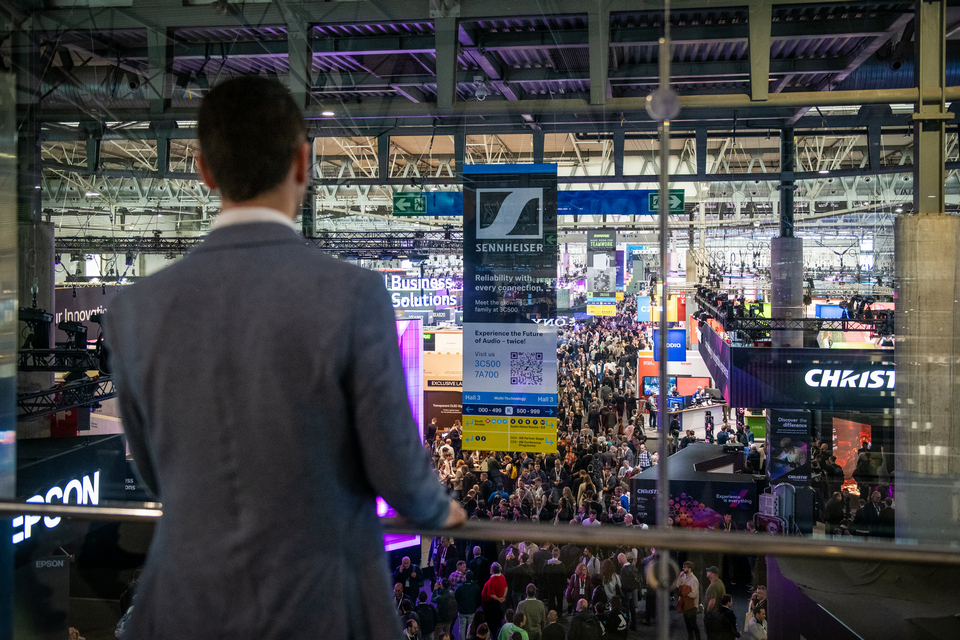
Overall, it was a tough time, but people are adaptable. Like many, my family came home during COVID, so I had a full house. We made the best of it by spending time together while also working and brainstorming as a team. At ISE, we continuously tried to be creative, came up with ideas, and implemented solutions. We also learned which solutions worked and which didn’t, which was invaluable.
– What are your main achievements in your professional life journey?
My professional life has included launching several shows around the world. While I was at IDG, I launched the Macworld Expo in Germany, Spain, and Scandinavia—all very successfully. I also built up technology shows in the UK with great success. However, I think my biggest achievement has been ISE and what I’ve accomplished with my team.
‘We’ve built ISE into the largest show for our sector in the world’
We’ve built ISE into the largest show for our sector in the world. During that one week, we bring the world to Barcelona. What more could you want?
– Do you have a dream? Something else you want to do?
It’s funny—I’ve achieved most of my dreams. When I was younger, I always looked forward to milestones. At 16, I wanted to be 18 because you could vote, drink, and do more things. Then I looked forward to 21, and after that, 25. But I never wanted to be older than 25 because I didn’t see any other ages as milestones—anything beyond 25 felt like getting old. Yet, as I reached those ages, I reflected on what I had achieved and where I was.
– What is your vision for ISE’s role in shaping the future of the AV industry?
I never dreamt I would be where I was at 30, 40, 50, or 60. Now, I just look forward to what’s coming. My current dream is to see ISE continue to grow and maintain its success. When we started, ISE was a reflection of the market—it showcased what was out there. Now, it has become a platform for what’s coming in the future.
My dream is for ISE to influence what comes next, to be the place where the industry discusses how it will develop. I want ISE to not only reflect the future but actively shape it. That’s my dream.
Personal Life and Values
Michael Blackman’s Family Life and the Values That Drive Him
– Can you share a few words about your family? When did you meet your wife, and where?
It’s a funny story—a bit of a cliché in Munich. I met my wife at a nightclub called P1, probably the most famous nightclub in Munich. We should have met many months earlier through mutual friends.
She knew of me, and I knew of her, but we had never met. One evening, we met by chance. After talking for an hour, we realized we already knew each other by name and from photos. That’s how it started.
– And where is she from?
She’s from Munich—German, one of the original “Munich children.” Her family is from here, and she’s a typical blue-eyed, blonde German.
– What did she do when you met her?
She was in the travel business. In fact, she had organized one of my flights. At the time, I was working with Apple Computer, and she handled travel arrangements for a conference I attended in Zermatt. That’s how she knew my name before we met.
‘The AV industry is growing, and there’s nothing better than being in a business that expands alongside it’
She was a regional manager for a travel company based in Munich. Interestingly, she hates flying but manages to cope with it.
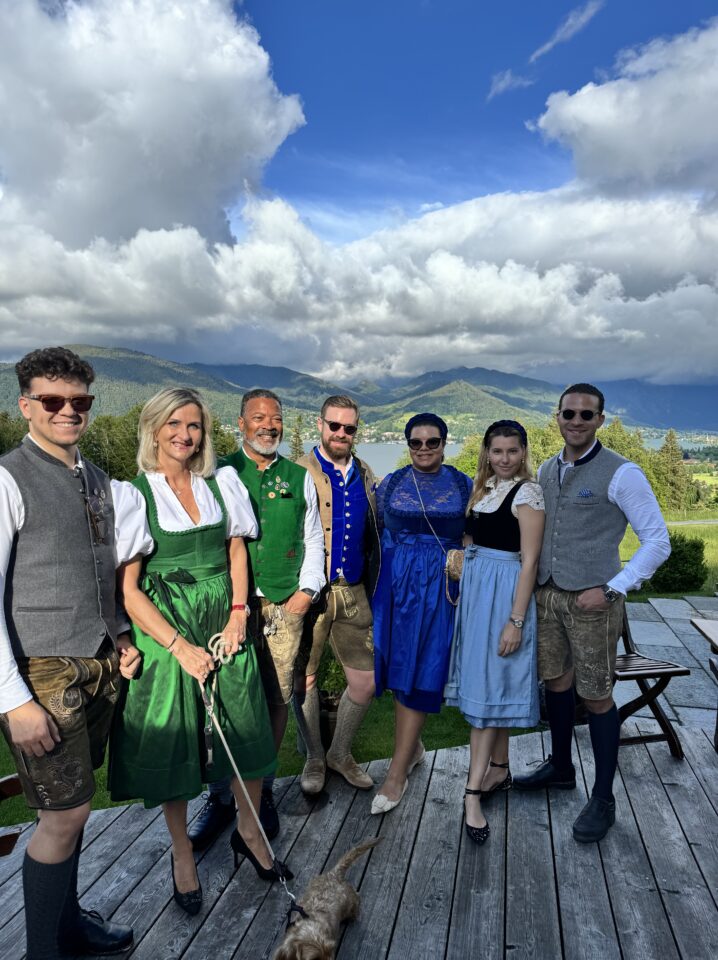
– How many children do you have?
I have five children in total. Three are German, from my current marriage, and two are from my first marriage. From my first marriage, one child lives in the south of England, and the other in the south of France. My three other children with my current wife live in Germany. One is in Frankfurt, working in investment banking and corporate finance. Another lives nearby—she’s married and runs a wedding planning business. She also studied event management and marketing. My youngest is a university student pursuing a bachelor’s degree in event management.
The Future of ISE
Shaping the Future: Michael Blackman’s Vision for Integrated Systems Europe
– I never do this in an interview, but do you have anything else you’d like to say? The stage is yours.
I love what I do. This is a great industry, and it’s growing. There’s nothing better than being in a business that’s expanding because it gives you room to grow as well.
I enjoy what I do and wake up every morning ready for the challenges. That’s something I’ve taught my kids too—never do a job you’re not excited about. Find something that makes you look forward to getting up every day.
For me, every ISE feels like being a child in a toy store. I get to see all these cool, innovative things and what they can do. It keeps me enthusiastic and inspired.
